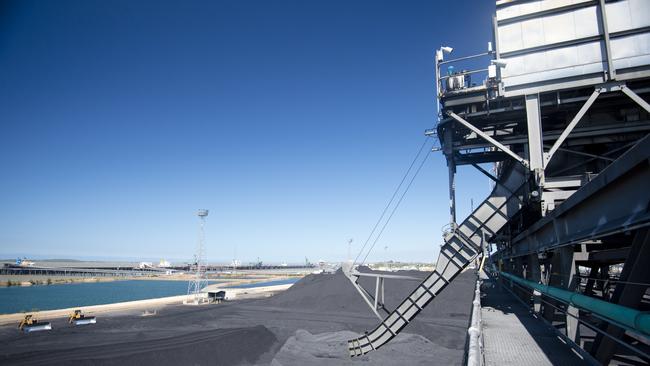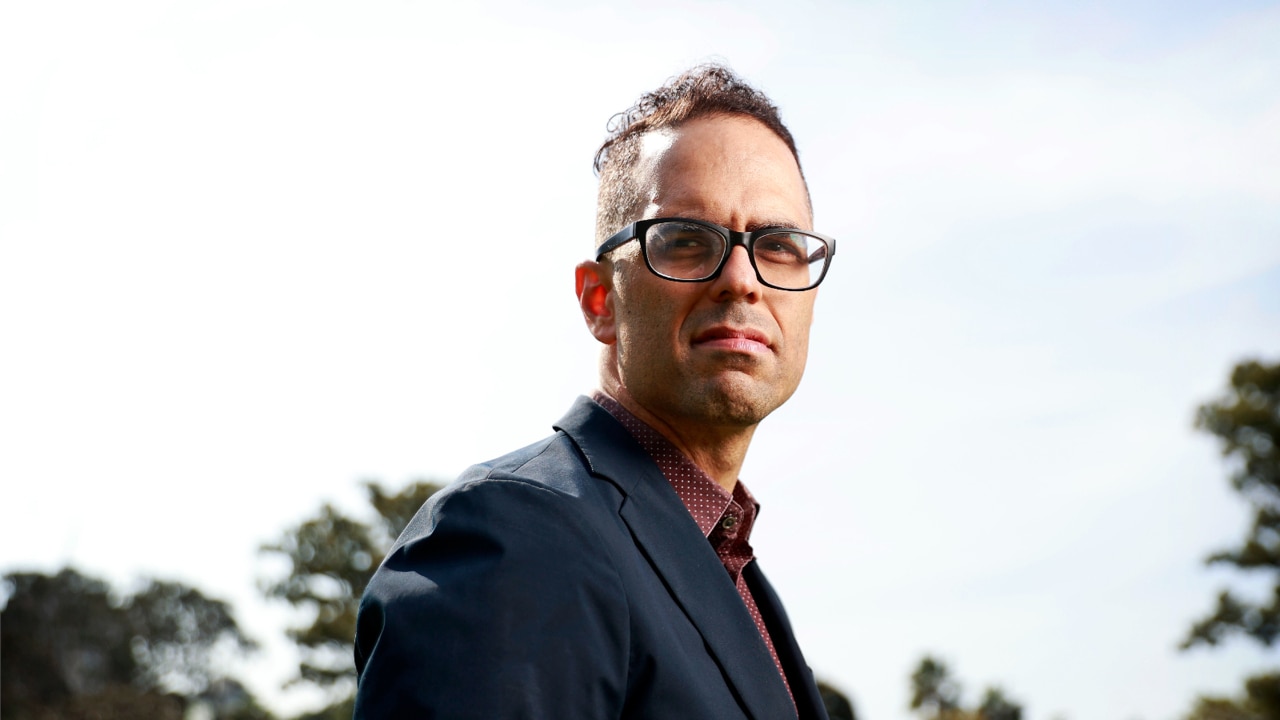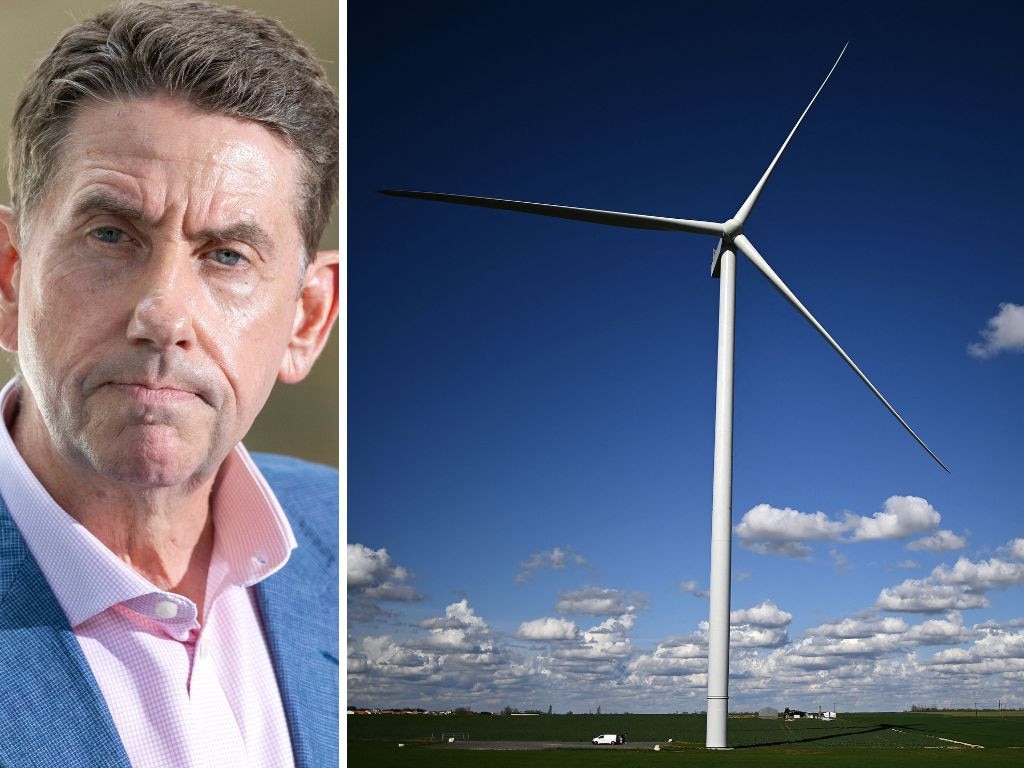Australia’s GST carve-up is perverting economic development

For the past quarter of a century, GST redistribution away from an equal per capita share has been the main mechanism to facilitate equivalent levels of government service delivery across states and territories. Unfortunately, the system creates numerous perverse effects that penalise economic development, restrict interstate migration and reward state government underperformance.
Take mining royalties. The Sunshine State is effectively being slapped with an 80 per cent tax on its resourcefulness, as the rest of Australia helps itself to the lion’s share of Queensland’s mining wealth without meeting the political, economic, social and environmental costs and risks of resources development. While the risk of economic endeavour is entirely borne by Queensland, the royalty revenues are redistributed on an EPC basis. As the Productivity Commission said: “Any state that developed contentious mining activity would bear the full political cost of development, but only retain its population share of the royalties.”

The CGC’s treatment of royalties also ignores the fact that a state’s resource endowment is exhaustible. Through royalties, Queensland is converting non-renewable resources into cash. This transaction does not make Queensland any richer, so why should most of the royalty cash be given to the other jurisdictions?
More broadly, the arguments for maintaining such an extreme form of fiscal equalisation in modern Australia are increasingly weak. Our largely centrally funded comprehensive public health and welfare system, and minimal barriers to the movement of goods, services, capital and people between states (and from abroad), have negated the need for such heavy-handed GST redistribution. You can see this just by looking at the weak population growth of the recipient states relative to NSW and Victoria, which host gateway global cities Sydney and Melbourne.
In fact, in 2000, at the introduction of the GST, Tasmania plus South Australia plus the two territories accounted for 13.7 per cent of Australia’s population, and today that figure has fallen to 11.7 per cent despite hundreds of billions in GST revenue redirected towards the recipient jurisdictions.
More than two decades of GST redistribution certainly hasn’t grown the size of recipient states because of improved provision of government services, but it has inhibited the flows of workers towards Queensland and Western Australia because those states have fewer public dollars to fund necessary economic and social infrastructure expansion.

Other arguments in support of Horizontal Fiscal Equalisation – including those related to “optimising” settlement patterns, managing fiscal externalities, and risk sharing – don’t hold up under scrutiny. Supporters of these arguments believe the CGC is capable of acting as the omniscient and benevolent social planner who can perfectly optimise government service delivery across Australia’s 537 LGAs and manage ideal settlement patterns through fiscal redistribution.
But, in reality, the redistribution itself significantly distorts government and private incentives and decisions. In short, with the commonwealth’s ever more interventionist fiscal policy and the numerous automatic stabilisers, the old efficiency arguments for HFE have lost their persuasive power. Critics might argue that an EPC system would disadvantage the smaller states and territories or those with unique challenges.
However, states also raise their own revenue and the relatively small pre-CGC redistribution differences in fiscal capacities across most jurisdictions indicate that HFE is not essential for maintaining equality of living standards between jurisdictions, especially given the mobility of Australians and, crucially, relative house prices. The Northern Territory, with the costs of providing services to remote Indigenous populations, is an exception and a transition pathway will need to be mapped out.
Moving to an EPC system doesn’t have to be abrupt and, in this regard, a GST floor has political merit as a policy halfway house. The 2025 relativities could be the caps and floors from which to move to EPC shares over a decade. This would allow states and territories to adjust their fiscal strategies, such as the level of own source revenues, gradually.
Instead of clinging to an outdated, ever more complex and counter-productive system, we should move towards an equal per capita distribution of GST revenues. This simpler, more transparent approach would reignite competitive federalism – a crucial element in addressing our nation’s productivity challenges.
An EPC system would eliminate the perverse incentives created by the current HFE model and encourage states to pursue economic growth and innovation in government service delivery without fear of being penalised.
Joe Branigan is director of Tulipwood Economics.




Australia’s states and territories are at it again, locked in the ritualistic squabble with the Commonwealth Grants Commission – and each other – over the GST revenue distribution. This year, Queensland is the focus of the broken system after the CGC further punished the resource-rich state for the previous Labor government’s ill-advised decision to impose progressive royalty rates on coking coal.